By Enrico Mellis and Sharanya Eswaran
As countless 17th-century paintings show, hunting wild boar with hounds was common practice. Dogs, called “Schweinehunde” (directly translated as “pig dogs”), would rush the wild boar, tire it out, and hold it in one place to be killed easily. Two hundred years later, students in Germany picked up the word “Schweinehund” as a swear word, describing people with the lowest of motives. Later, the term found its way into colloquial language: fighting your inner “Schweinehund” describes the virtue of overcoming laziness and lack of discipline. Your inner Schweinehund is that little voice inside your head that convinces you to order takeout and binge watch Netflix instead of cooking healthy and going to the gym. But there is an opponent to that voice, also screaming at you: “You are lazy and mediocre! Get up!” Sounds familiar? You’re not alone, especially in January.
The desire to overcome laziness and other perfectly human traits is the main driver behind a multi-billion dollar industry. The global wellness industry is a $4.5tn market — physical activity accounting for $828bn. There are countless books, podcasts, e-courses, video content, and millions of gym memberships to prove it. But as much as there are gym memberships, there are people who don’t go as often as they promised themselves they would.
Locked at home, bored, and looking for ways to avoid gaining 50 pounds
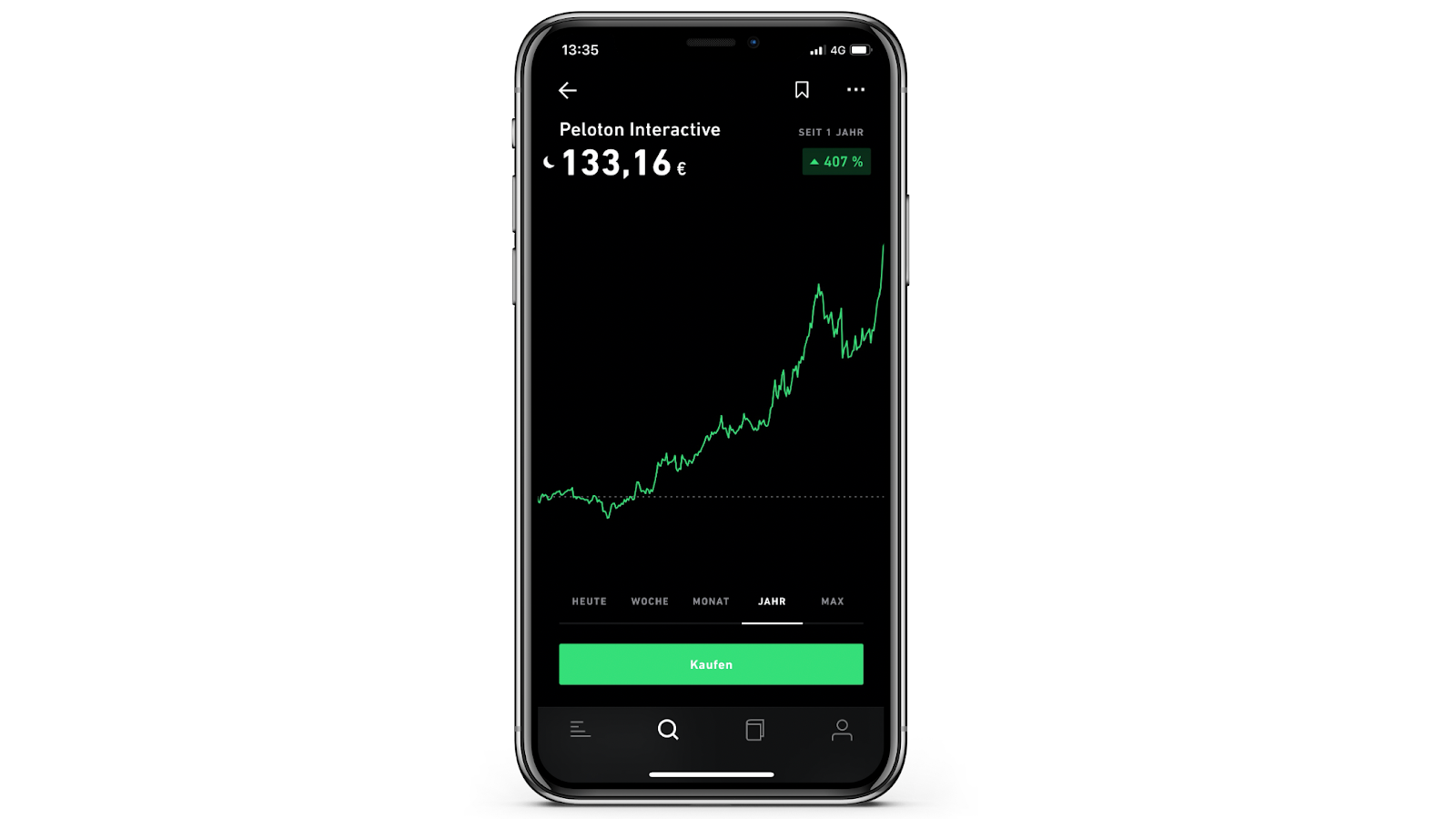
The pandemic forced us to find ways to stay active at home. As a result, people’s behaviours are changing — potentially permanently. 40% of regular exercisers surveyed stated that they worked out at home for the first time. 50% percent started using VOD offerings both free & paid. Exercise equipment sales have skyrocketed in many countries. The UK reported a 5,800% increase in fitness equipment purchases over the lockdown period. In fact, the US even saw supply shortages for dumbbells. 10% of surveyed gym regulars bought a piece of smart equipment.
One of the biggest winners this year: Peloton. Last year, the company had a bumpy IPO. A large number of people didn’t see the need for a 2,500€ spinning bike. In a world post-Corona, that has changed. The company created an unprecedented user experience of unparalleled convenience and immersion and promised to investors the power of platforms & monetising streamable content. Now, Peloton is expecting $3.9bn in sales and $300m in adjusted operating profits for this fiscal year. Its stock price shot up like a rocket.
It could be a zero-sum game. Hundreds of thousands of fitness coaches and 201,000 gym owners are struggling since their 174 million members can’t go to the gym anymore. That’s a $100bn industry being shut down at once. 34% of gym members have either already cancelled or plan to cancel their memberships.
Inevitably, a huge amount of income is being redirected, like a large river suddenly changing its course.
Entrepreneurs are betting big on building the next big thing in fitness. The market was already fragmented pre-Covid and many investors would categorise it as a “red ocean”. Now, the momentum of change has accelerated. We believe that this seismic shift will cause new winners to emerge. Why? Fitness tech needs to get better.
Pythagoras didn’t have a six-pack

Apparently, there are those types who get up at 4 am, meditate, read a book, and finish running 15k by 8 am. If this applies to you: congratulations. For the rest of us, life is more difficult.
Some problems are hard to figure out for the first time. Once a solution is found, it’s easy. Pythagoras’ theorem probably took him quite a while to figure out, but now every 7th grader will eventually be able to apply it.
And then there are “Schwarzenegger problems”: you and I both know what it takes to become a bodybuilder. You don’t need to be a rocket scientist to figure it out. Yet, it’s incredibly hard to become a bodybuilder — or fit, for that matter.
What established fitness products still mostly do today is give you access to workouts you already knew. HIIT can be traced back to a German athletics coach called Woldemar Gerschler in the 1950s. Yoga stems from India, some 3,000 years before Christ. And you can’t tell me that the fundamentals of sit-ups and pull-ups have drastically changed — although many charlatans want you to believe that.
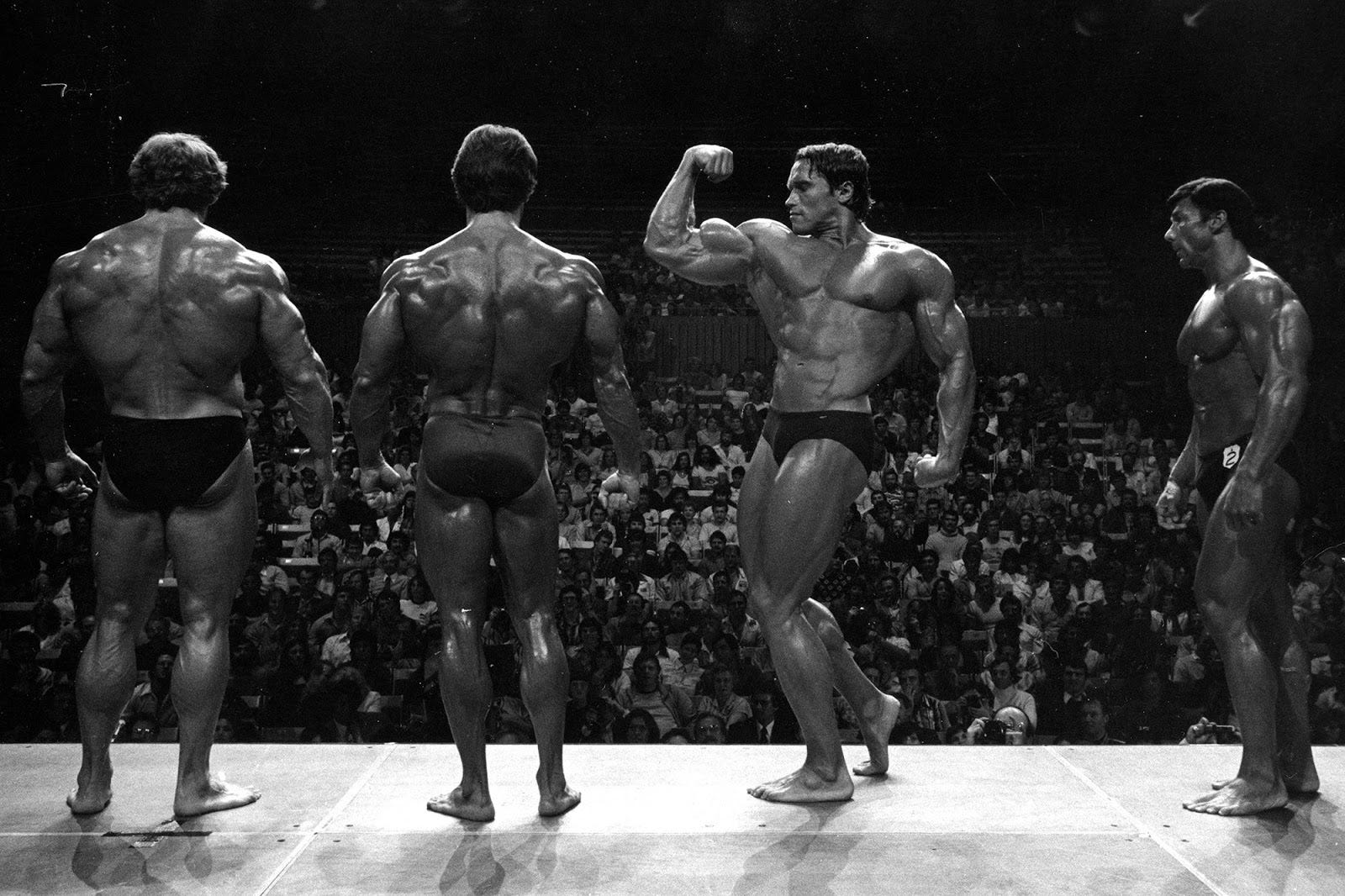
Just Kinda Do It

Motivation seems to be an ethereal concept & notoriously tricky to exploit. First were the theories of negative & positive reinforcement (i.e. Skinner & Pavlov) or self-efficacy theories (i.e. Bandura in the 70s). In the 80s, Self-Determination Theory (intrinsic vs. extrinsic motivation) became known in research circles. The theory was recently popularised in the mainstream by Daniel Pink in his bestseller Drive. Researchers then found that the simultaneous presence of high extrinsic and high intrinsic motivation is likely to yield the most positive benefits for adult athletes. Building on that, Mihalyi Csikszentmihalyi coined the “state of flow” which was exuberantly picked up by coaches, managers, and artists worldwide.
Problem: most of this research was conducted on professional athletes. If you’re not a professional athlete, there are limits to how far this can get you.
Your genes don’t want you to work out
The mind is a product of the brain, and the brain is a product of evolution. Our struggle to work out and eat healthily is a struggle with comfort. About 2 million years ago, humanity transitioned into a hunter-gatherer lifestyle. Hunting was a group effort, involving lots of running, jumping, hiding, climbing, and coordination with a group of co-hunters. 2,25 hours per day was the average physical activity of a hunter-gatherer. The activity was physically and mentally demandingand our survival depended on it.
That is why exercise is a mood booster. It is shown to have a direct, acute impact on both your prefrontal cortex & hypothalamus activity. Exercise will leave you with a better mood, higher energy, better memory, and higher attention levels. The long-term positive effects include reduced depression symptoms or anxiety levels. The parts of our brain activity during a complex activity such as hunting are the same areas that also play a key role in memory and executive functions such as problem-solving and planning. These exact same areas also seem to profit from exercise.
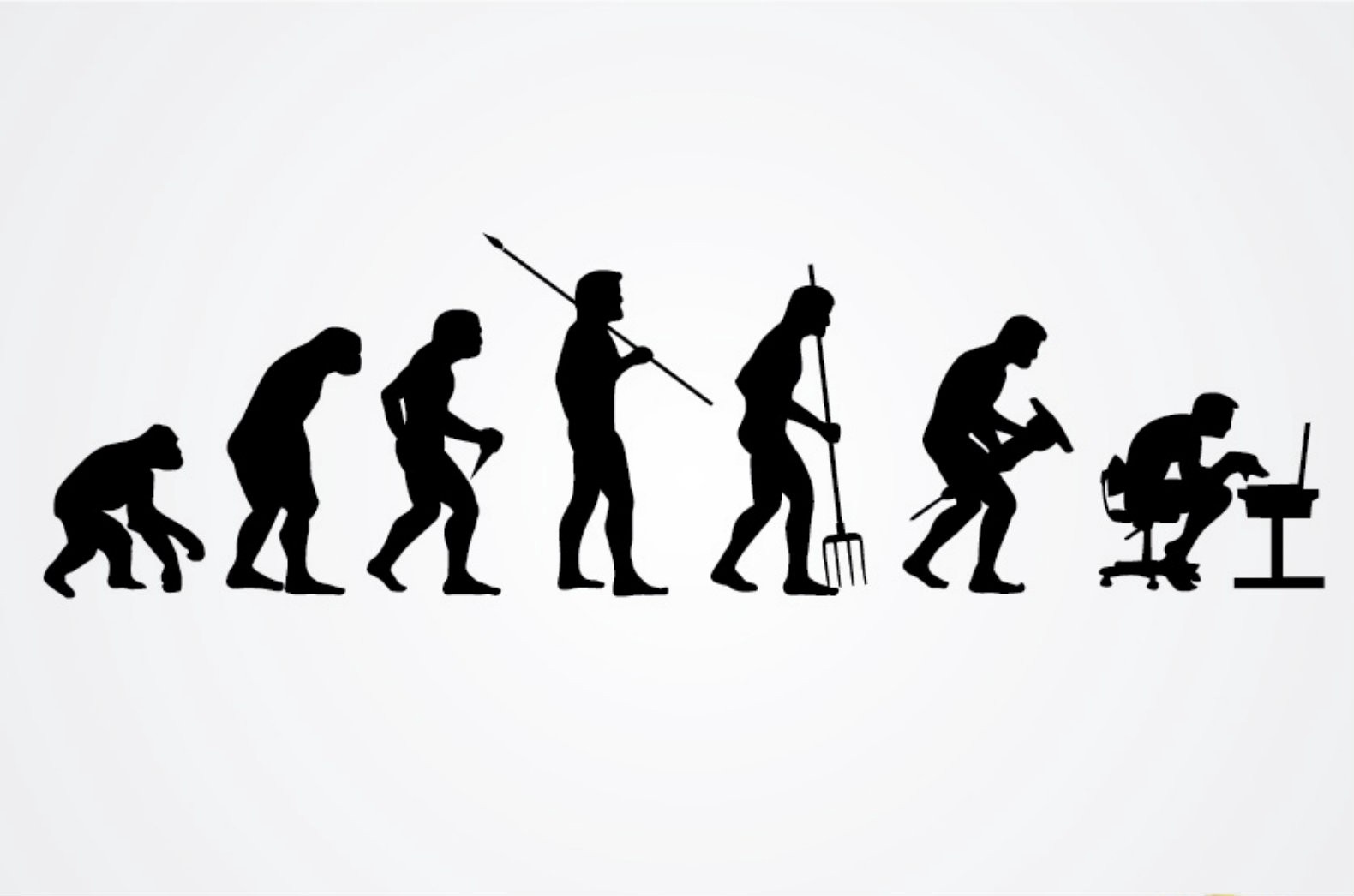
The problem: these effects appear during & post-workout. In modern society with readily-available, calorie-rich food, and no need for physical activity to survive, our evolutionary wiring makes it hard for us to be active & healthy. Avoiding physical activity that is unnecessary and rewarding in the long-run is a fundamental, universal instinct among adults. In times when calories were scarce, going for a run around the meadows for fun was frowned upon. For 90% of human history, there was no “need” to be motivated to exercise. Evolution provided us with hunger, a sufficiently strong urge to stay active. Exercise as we know it is an invention from the era of industrialisation. Nowadays, you need to trick your brain into wanting it.
For 90% of human history, there was no “need” to be motivated to exercise.
Neuroscientist Evian Gordon describes how the safety and comfort of the couch and “comfort-food” creates pleasant short-term gratification. The pain of getting up at 6 am to leave the house in Berlin’s Siberian winter conditions — not gratifying at all.
DNA of a team player
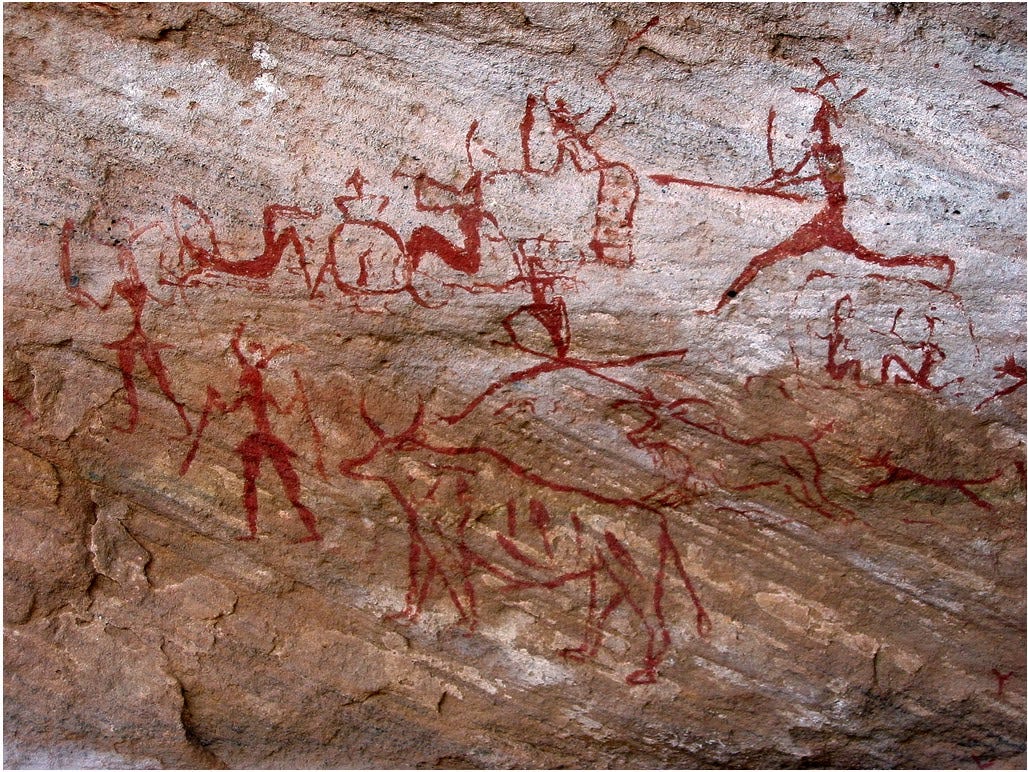
Hunting was a team effort and there is a reciprocal relationship between social bonds and exercise. Not only does exercising with your friends motivate you more, it also strengthens the friendship, which in turn — you guessed it — makes you exercise more. 42% of gym members miss exercising with other people and 22% miss their class instructor or personal trainer.
The social reward of working out together extends further. It is proven to become a signifier of belonging & social recognition — which sounds familiar to those of us sharing Strava runs on Instagram? Especially in recent years, upscale & experience-focused gyms have had tremendous success with younger generations. From Pilates, Yoga & HIIT boutiques to premium gyms such as Equinox, Soulcycle, or Barry’s Bootcamp, these strong brands cracked the code. Social media boasting accelerated the trend to become a social must for many, creating almost tribal-like energy for the brands.

It‘s all fun & games
Since successful hunting was key to survival, it was key in mate selection. Studies found that competition is an even stronger motivator for exercise than friendly support. Giving “friendly” support actually made some subject groups less likely to go to the gym. Competition instead triggers a social escalation process. In a competitive setting, people make each other more competitive, driven by sexual selection and other social recognition drivers.
Hunting included collaboration, strategy, and stalking game. It was an activity closer to a video game — or team sports. Running on the treadmill or lifting weights in a windowless room is just lacking those dimensions. People who wear a virtual reality headset while running or biking enjoy their experience more than people who do the same exercise while staring at a wall in a gym (no surprises here…). Even watching TV provides a measurable boost in enjoyment. A “cognitively impoverished” environment will bore you and make you less likely to come back.

Lastly, building habits has been shown to reduce “cognitive resources’’ for working out and support regular exercise habits. You basically don’t have to think about getting out of bed in the morning and put on your running shoes. Cultivating this “instigation habit” can be a strong predictor of long-term workout consistency.
Building a champion
Our evolutionary roots suggest that we are mentally engaged endurance athletes. If we don’t remain active, our capacities are going to fade — not just physically, but mentally as well. There seems to be a mismatch between our lazy lifestyles of today and how we evolved. So we need a motivator to get us moving.
We believe that the winning product in this market will be able to trigger the fundamental drivers of workout motivation and actually make people fitter and healthier. We have developed our investment hypotheses around what we believe will create a winner in this segment.
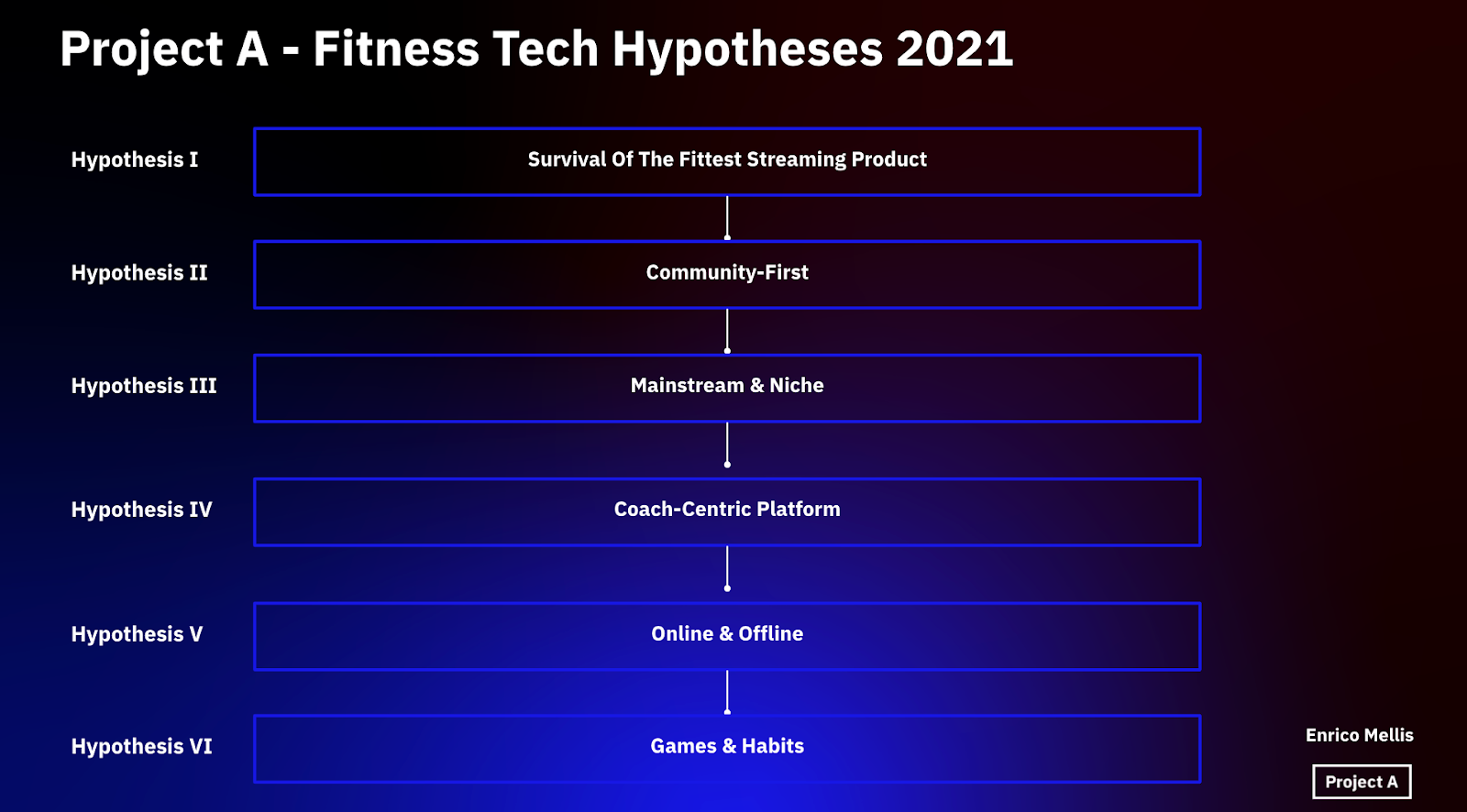
We boiled our research down to 6 core characteristics we believe to be drivers of success in this space:
Survival of the fittest streaming product
- At the core of a superior product in this market sits the ability to do more with video streams and enable coaches to do their work online (see the following points). To enable human-motion capturing in large, collaborative team sessions with both on- and offline elements, a simple Zoom-based duct-tape solution won’t cut it. A winner in the space will identify this chance to differentiate by building a tailor-made streaming product at the core.
Community-First
- Peloton’s leaderboard, Soulcycle’s synchronised (nightclub-like) spinning experience, group yoga, or team sports are all great examples of building communities around exercise. Kraft Runners from Berlin is an impressive example of a local, tribal-like running community. All of the above have cooperative and competitive social elements. You build relationships with your teammates and compete against other teams. A community functions as a commitment contract for members — you feel obligated to go.
- A strong community functions as a defensive moat. At the same time, it’s excellent marketing & a great distribution channel — and one that has amazing ties with local groups in the physical world, too.
Holistic: Mainstream & Niche
- A winning model will have to offer a variety of fitness content as users have heterogeneous workout preferences.Fitness enthusiasts prefer to do different kinds of workouts not only to prevent boredom, but also to challenge themselves, prevent adaptation, and avoid plateauing. 51% of gym members missed going to their health club during lockdown because of the variety of workouts they are able to engage in whilst there. This is the biggest drawback of more hardware-oriented, vertical-specific competitors like Peloton and Vaha, and a big opportunity for challengers.
- Holistic = various physical activity offerings + nutrition coaching + (mental wellbeing)
Coach-centric
- The job of a coach is to tell you what to do, yes. But it’s most important that you do something in the first place. They are masters in figuring out how to motivate you. Coaches also prevent you from injuring yourself, reduce your insecurities about your own abilities, and can become your buddies. A great company we see focusing on exactly that coach-user relationship is Vation from Cologne.
- Coaches are amazing specialists in their field and can be great leaders for a “tribe”. Enabling them to conduct great classes and produce stellar content is more powerful than taking them out of the equation. Have a look at Playbook, a company from the US our friends at eventures & FJ Labs just backed (including entertainment-industry legend Michael Ovitz).
- A winning product in the market will enable coaches to build their business, grow it, scale it. We believe that a product in this market should enable coaches to deal with larger groups, both online & offline and still be able to coach those who need support (see our points regarding streaming product above). Non-core business activities should be simplified/automated.
Online & Offline
- In the long run, we think that people will incorporate both offline and online elements into their fitness routines, and companies that enable that might be well-positioned to take advantage of this.
- None of us might have the ability to go hunting for mammoths. But, it surely is more stimulating to work out as a group in the woods than in a windowless room with a treadmill. Enabling small local communities to come together regardless of online and offline channels will be, in our opinion, the key to cracking retention. Weather conditions or a pandemic might force us to work out at home. The key is product flexibility.
- Workout spaces could come in all shapes and sizes, from a living-room niche to an unused basement space, from simple dumbbells to multi-functional gyms. Enabling that will require a platform to make the best use of the space.
Games & Habits
- Gamification is hugely effective in long-term workout consistency. Human motion tracking and AI (see “Streaming product” above) can enable gamification and reward users for performance. Wearables can enrich data (e.g. heart-rate or body temperature). This will enable real competition, even in a streaming context. An interesting example of this is companies like Krew and Stellar.
- Habit-building is essential in making workouts stick, as described above. An interesting example is actio, backed by HV & Cavalry Ventures. You receive a VoIP call from a coach, lowering your mental efforts for instigation to exercise (or meditate). Also, actio replaces app notifications with direct calls to reduce message fatigue.
The Project A 2021 Fitness Tech Landscape
While there are many different models in this industry and the market is highly fragmented, we still believe that there is room for a big winner here. There are a lot of pain points around motivation triggering, brought into focus by Covid-19, that still remain unsolved. The formula to win this market will ultimately be: delivering results.
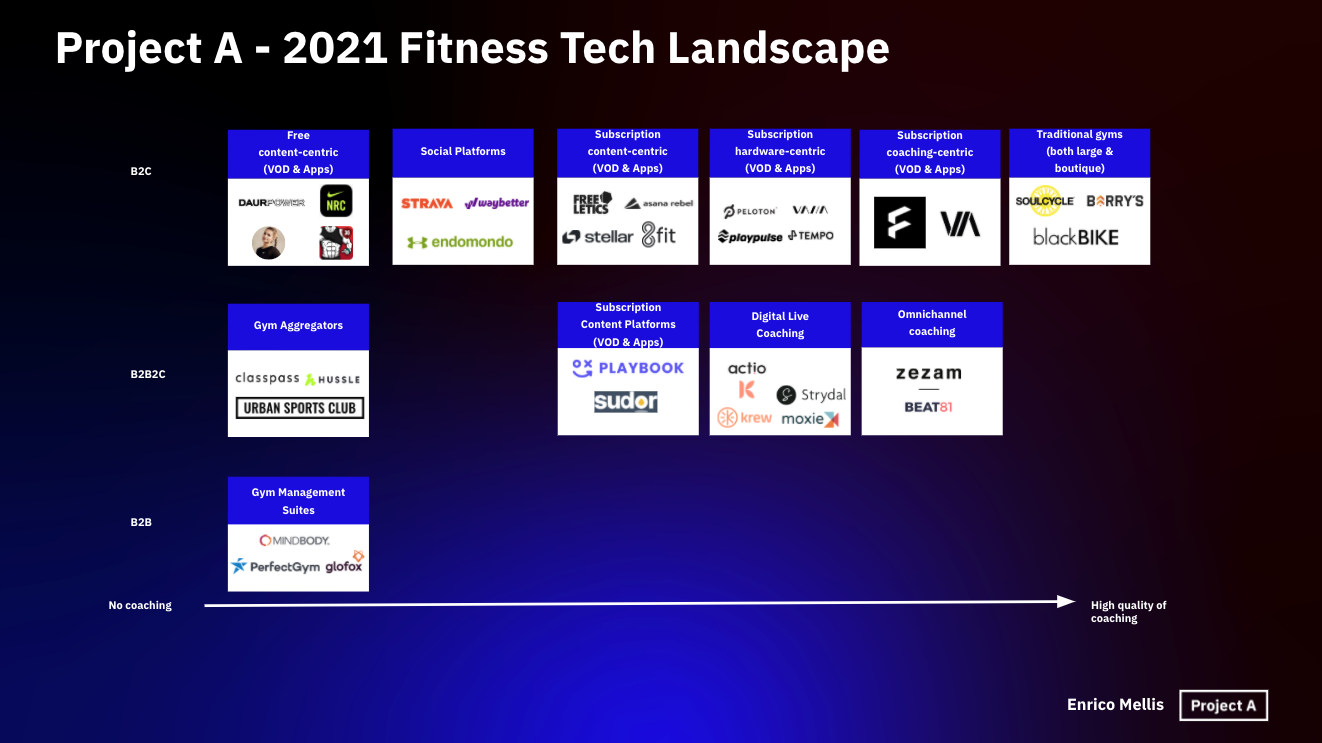
Please note: Like our hypotheses above, this map also isn’t necessarily MECE and the lines are becoming more blurry. The hypotheses above also aren’t a shopping list we expect to be complete before we decide to invest. We believe those are the drivers that will propel a company to the top of the market over time, but they might come in various combinations or shapes.
As you can see, you shouldn’t feel bad for not wanting to work out. You’re normal, not lazy. People shouldn’t blame themselves, but look at where their motivations fall short of their aspirations — and try to find the hacks & products that change that.
We’re looking forward to hearing feedback from all of you on this. Which products helped you to motivate yourself and your friends lately? Which are the drawbacks you experienced — before and during Covid-19? We’re curious to hear your thoughts.
Let’s fight that Schweinehund.
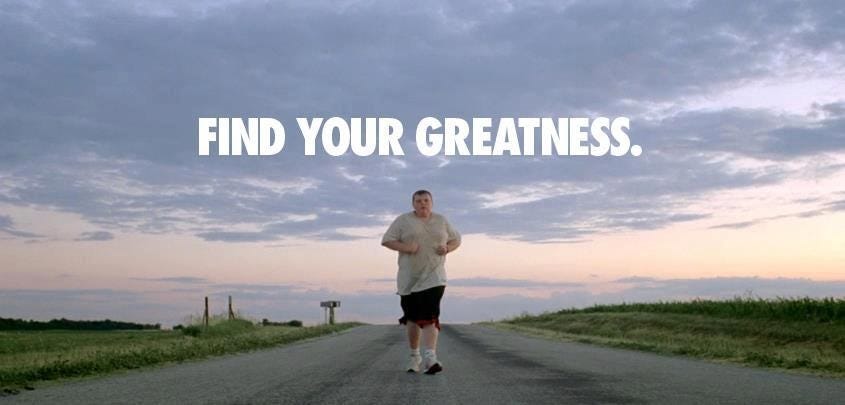
P.S.
One extra hypothesis: I’d be happy to find companies in the space who understand that a differentiated brand will make you stand-out. Especially in a space overcrowded with super-sleek, san-serif-font-with-wide-spacing-brands…Take a hint from the greats: my personal favourite sports brand campaign of all times. You might not be as good as Wieden + Kennedy off the bat, but you could try?
P.P.S.
Note: In case you want to dive deeper into what drives (sexual/long-term) attraction, laziness, and who you prefer to marry vs. have a one-night stand with, let me recommend to you two books on evolutionary psychology: Moral Animal and Why Beautiful People Have More Babies.